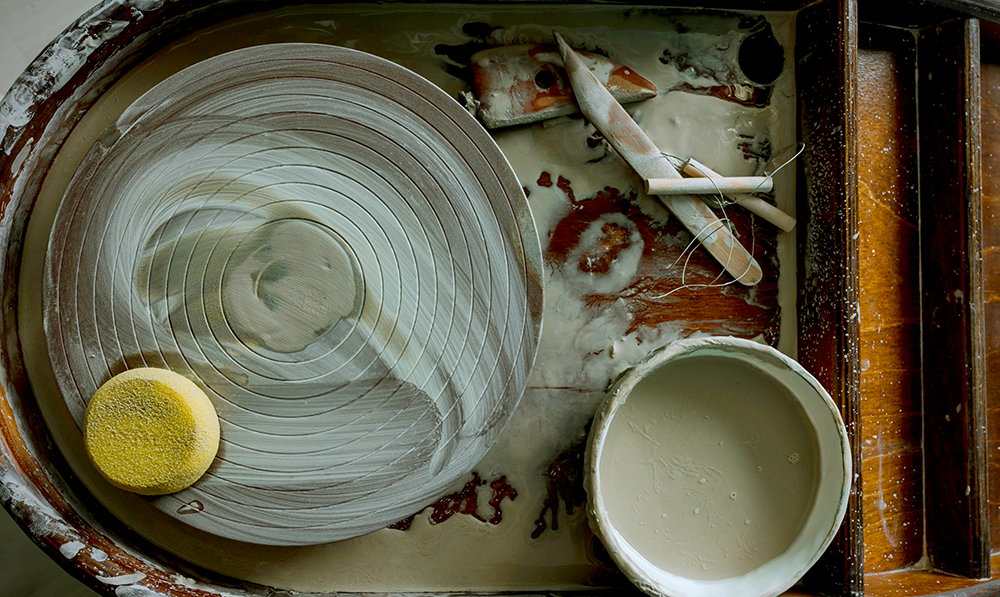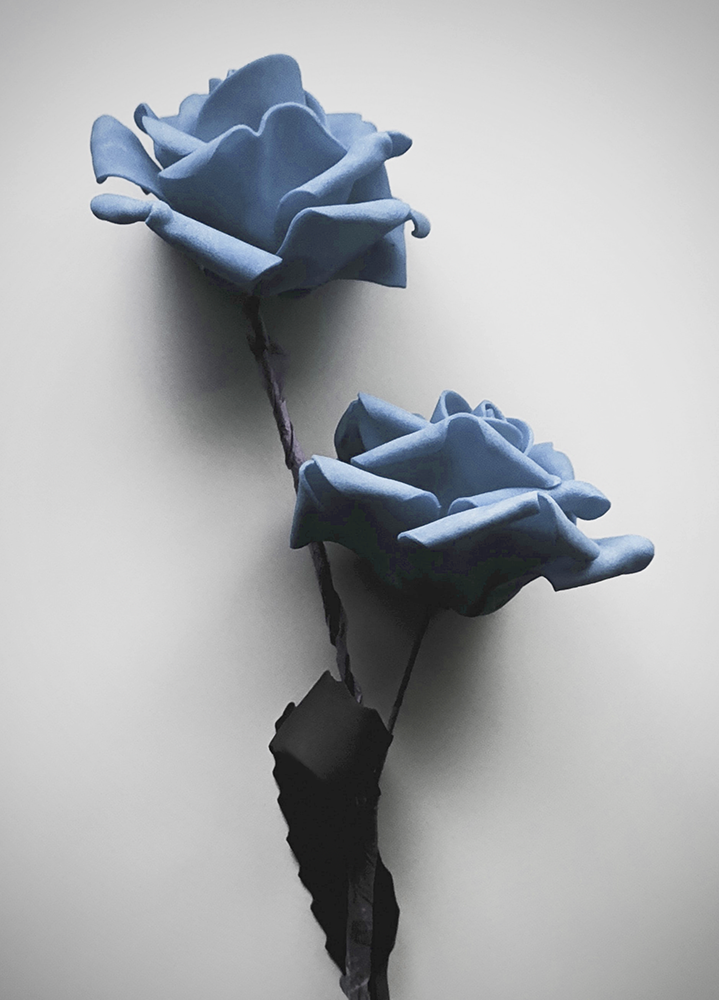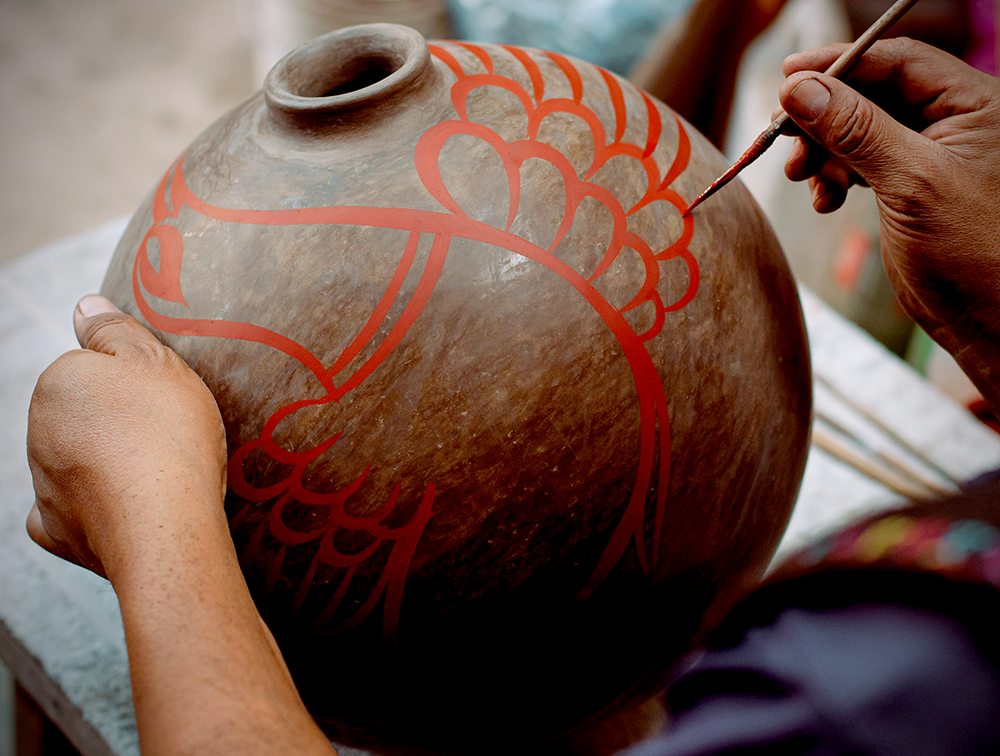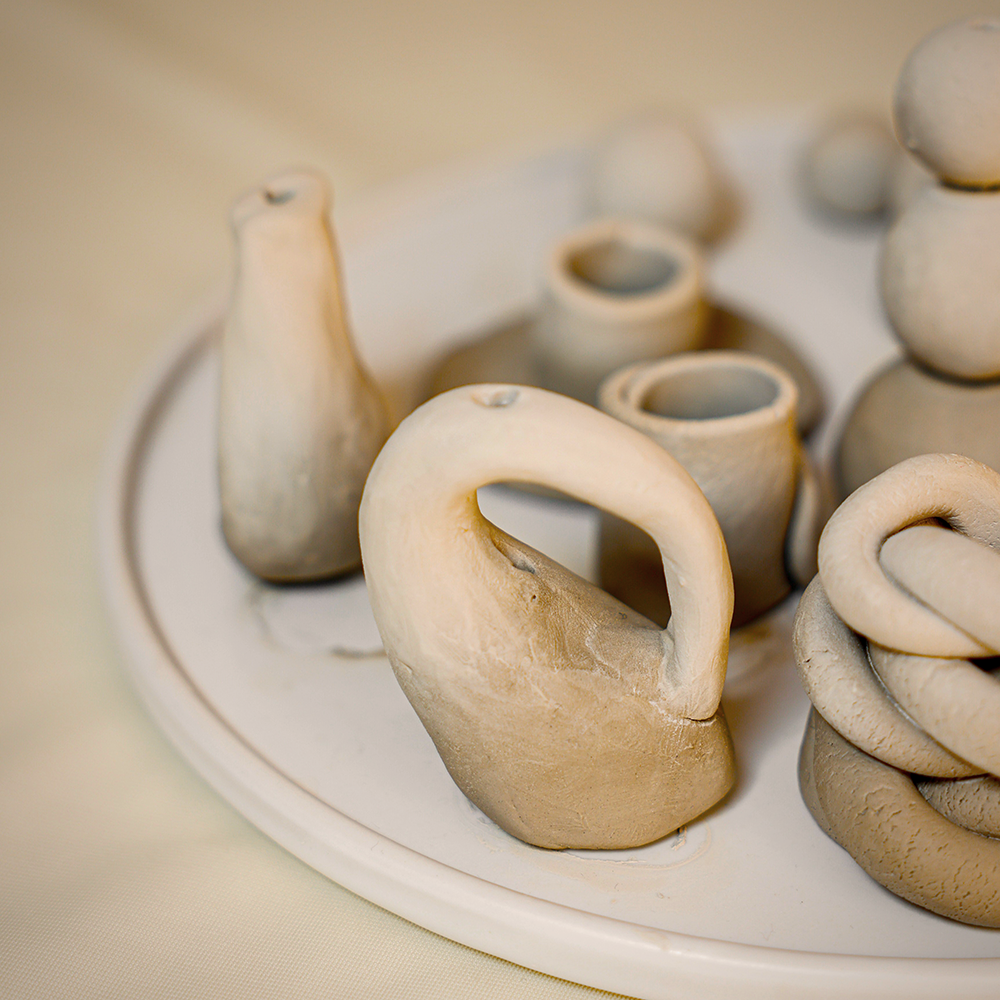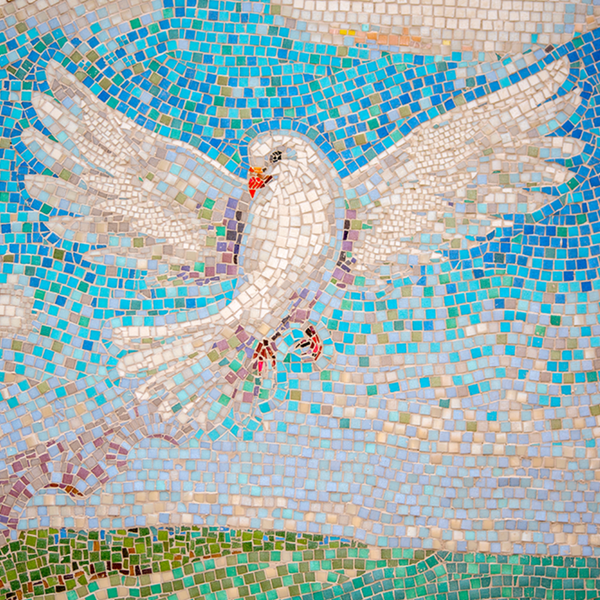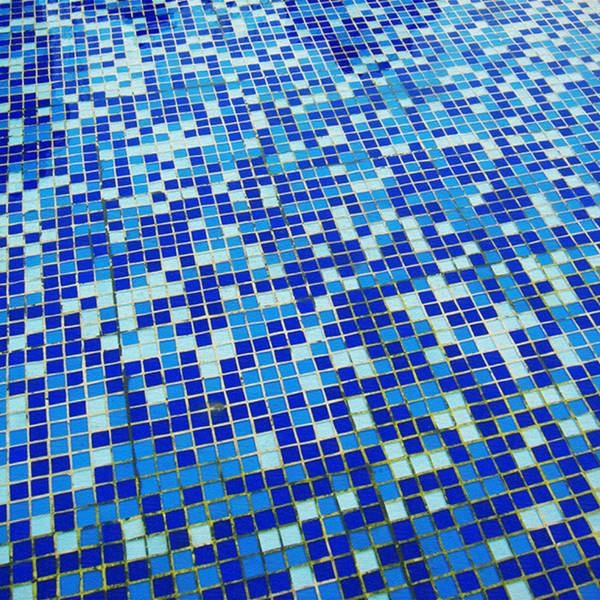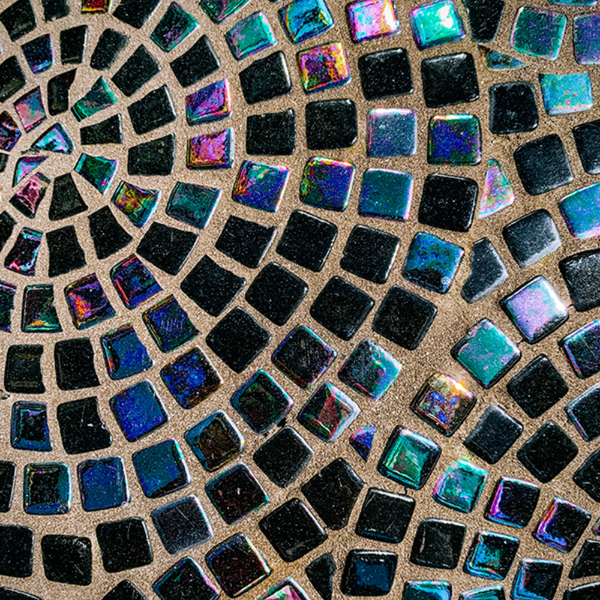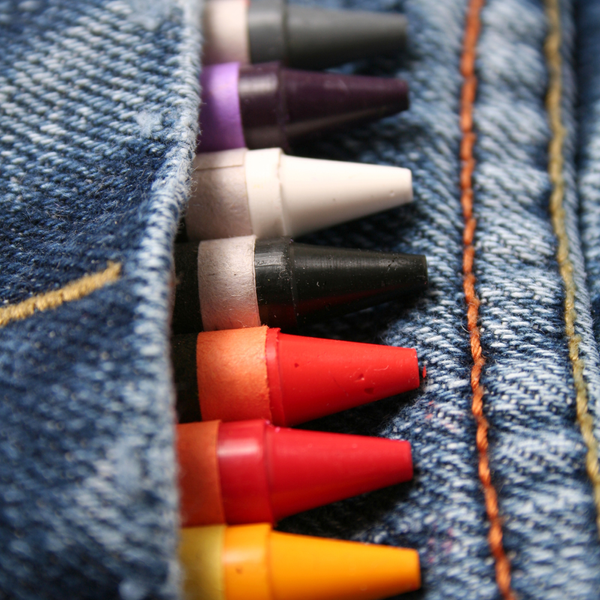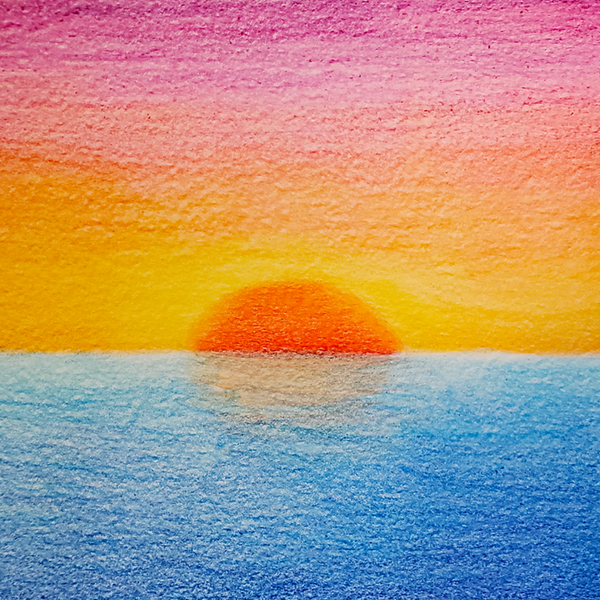Ceramics is a diverse and unique art form that has been around for centuries.
The use of clay to create objects is both an ancient and contemporary practice.
Ceramics can be functional or decorative, and the medium offers a wide range of possibilities for creativity.
In this blog post, we will explore some of the basics of ceramics and how you can get started with this fascinating art form.
If you're interested in learning more about ceramics, keep reading!

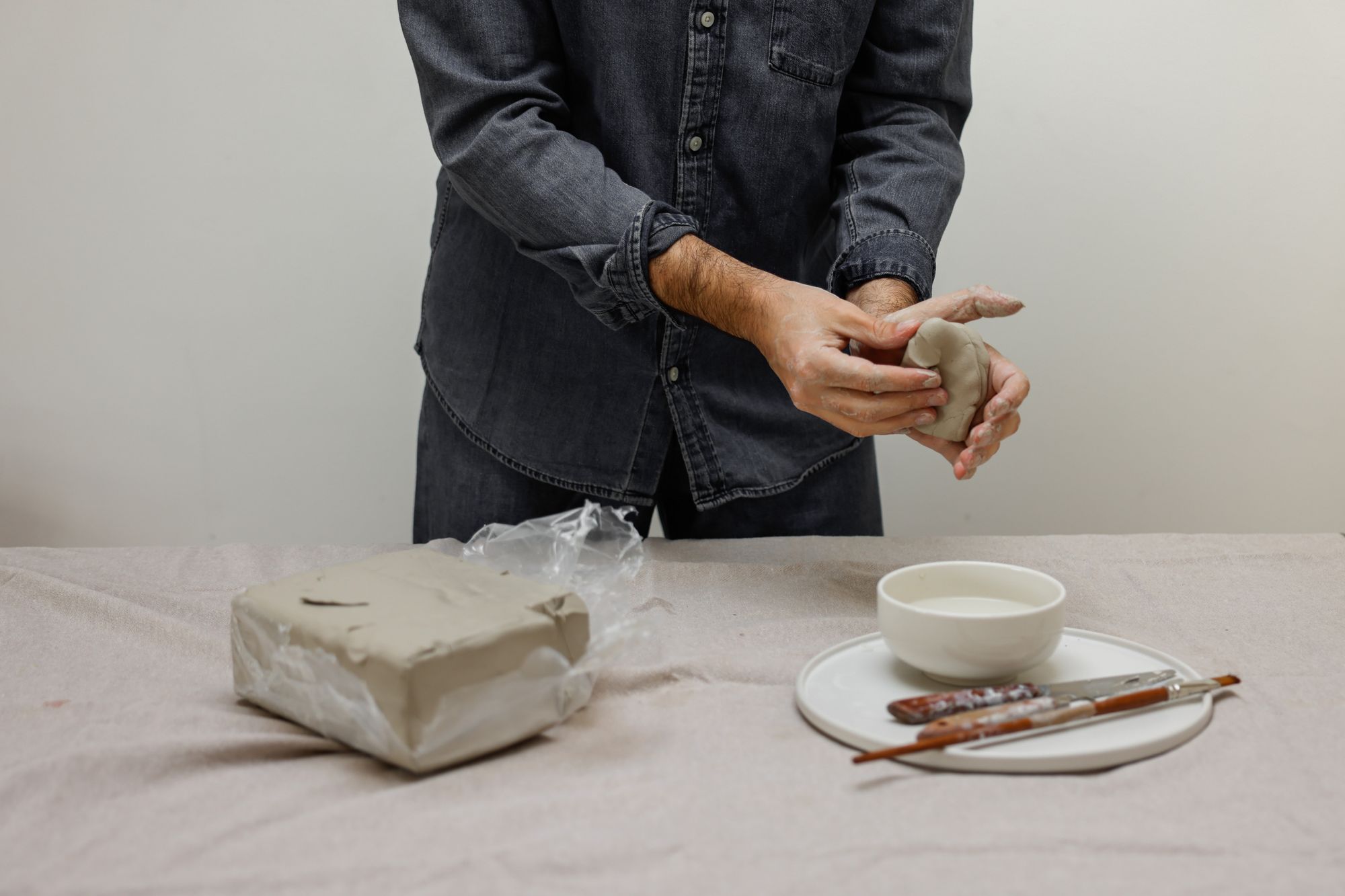
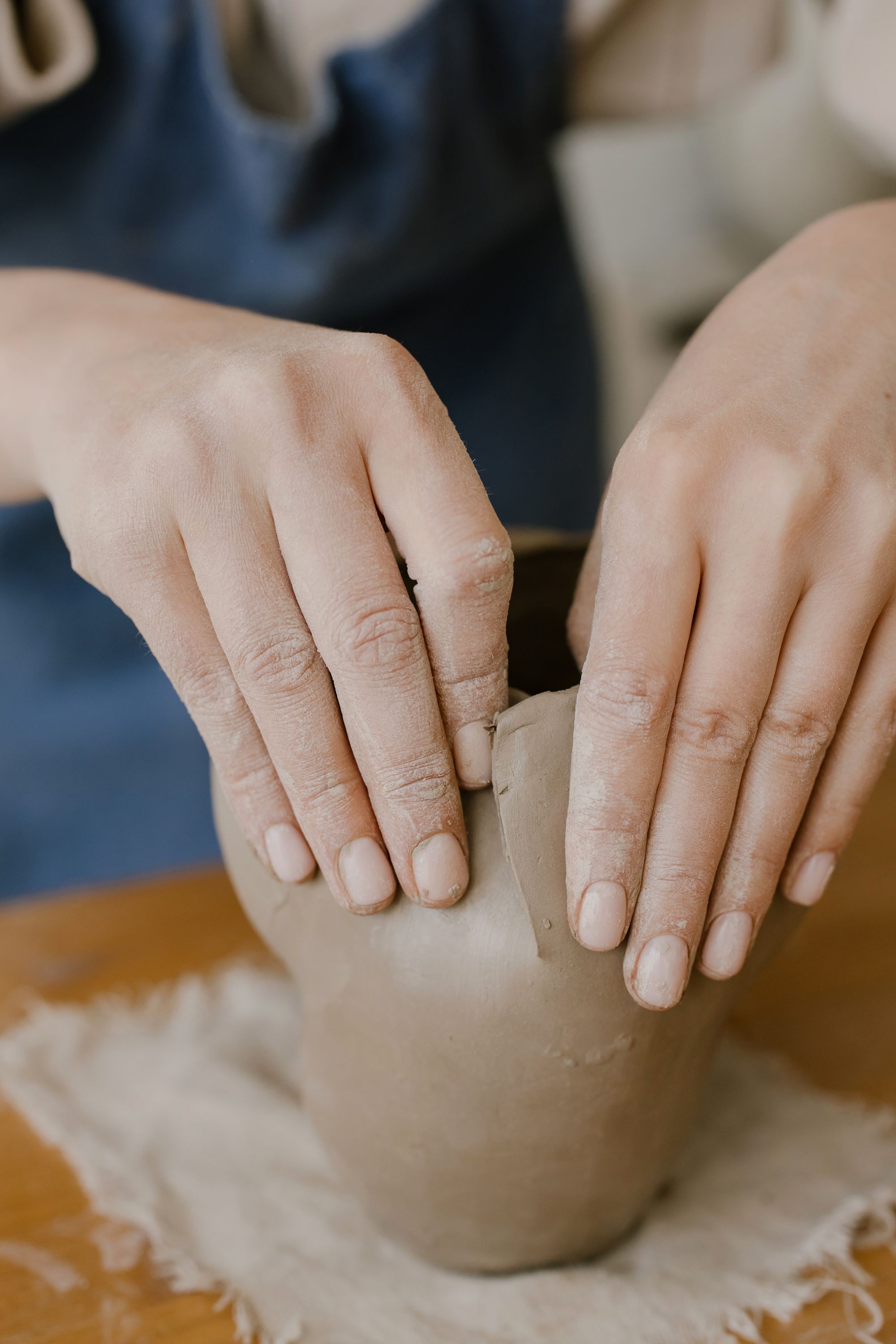
What is Ceramics?
Ceramics is the process of using clay to create objects.
This can be done working the clay body by hand, slip casting, or wheel throwing.
Once the desired shape has been achieved, the clay object is dried and then fired in a kiln, which is known as bisque firing.
This process hardens the clay, making it strong and durable.
Once the clay pottery or ceramic piece has been fired, you can consider whether to decorate it with paint or glazes.
Glaze is a glass-like substance that is applied to the surface of the clay object, and applying glaze creates a smooth, glossy finish.
If you use glaze, your piece will need to undergo a glaze firing, as well.
Ceramics can be functional, such as plates and bowls, or purely decorative.
This art form has a long history, with evidence of ceramic objects dating back to 25,000 BC.
Ceramic projects come in all sorts of shapes and sizes.
From small trinkets to large sculptures, there is no limit to what you can create.

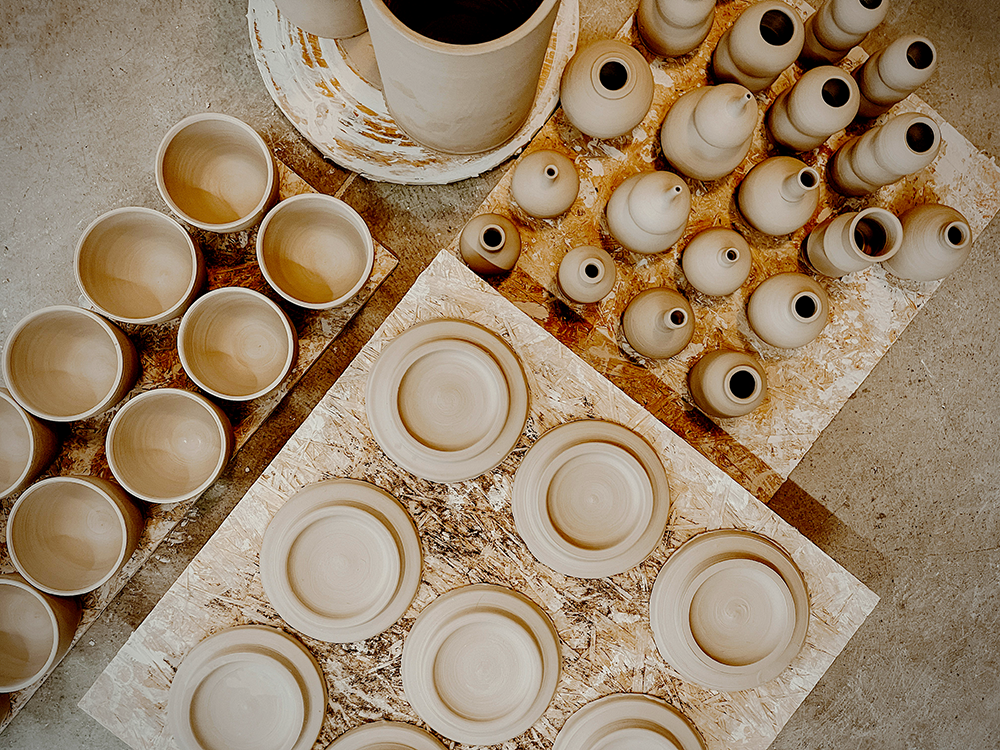
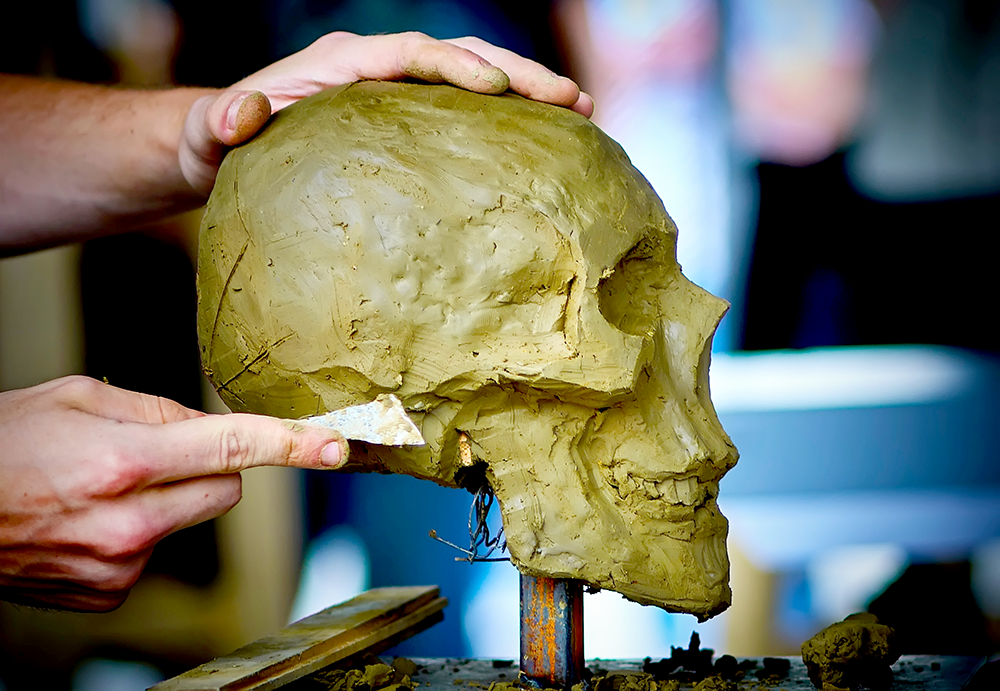
Main Types of Clay
Clay is made from natural materials that are found in the earth.
While there are a variety of different clays you can use, there are two main types of clay that are used in ceramics: earthenware and stoneware.
Earthenware is a type of clay that is lower in quality and not as durable as stoneware.
This clay is typically used for less refined objects, such as flower pots or plates.
Earthenware is the color of red or brown when it is raw, and turns a light tan or ivory color when it is fired.
Stoneware, on the other hand, is a higher quality clay that is easier to work with.
It is also more durable and less likely to break or crack.
Stoneware is a white or gray color when it is raw, and turns a light tan or ivory color when it is fired.
Some other types of clay include porcelain, terracotta, polymer clay, paper clay, and self-hardening clay.
Each type of clay has its own temperature range, so make sure you use the proper one for the clay you used.

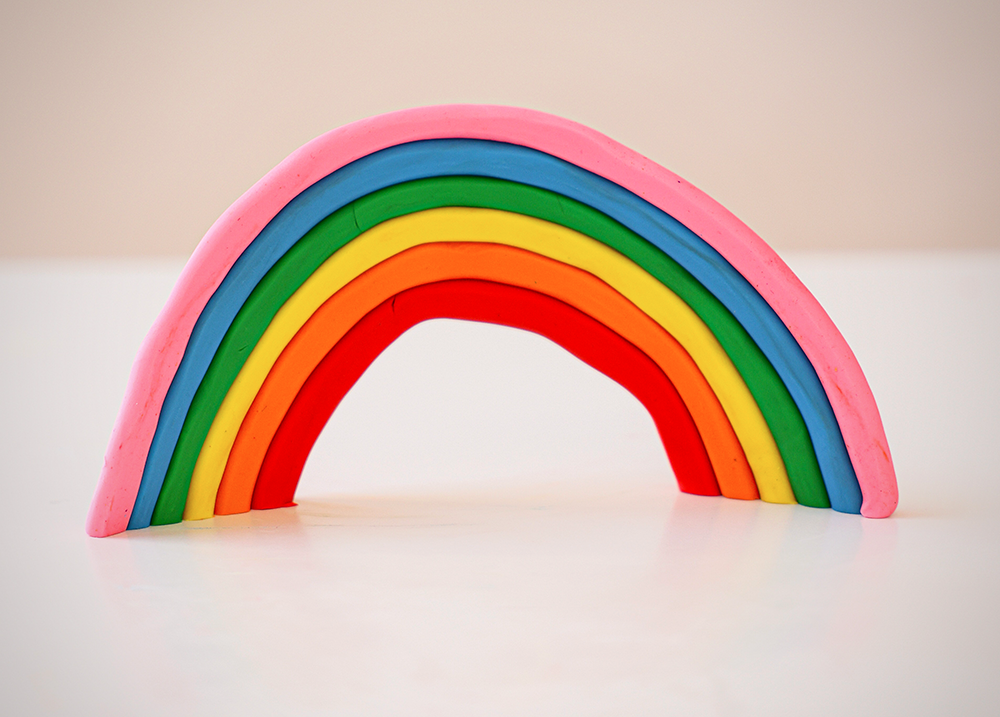
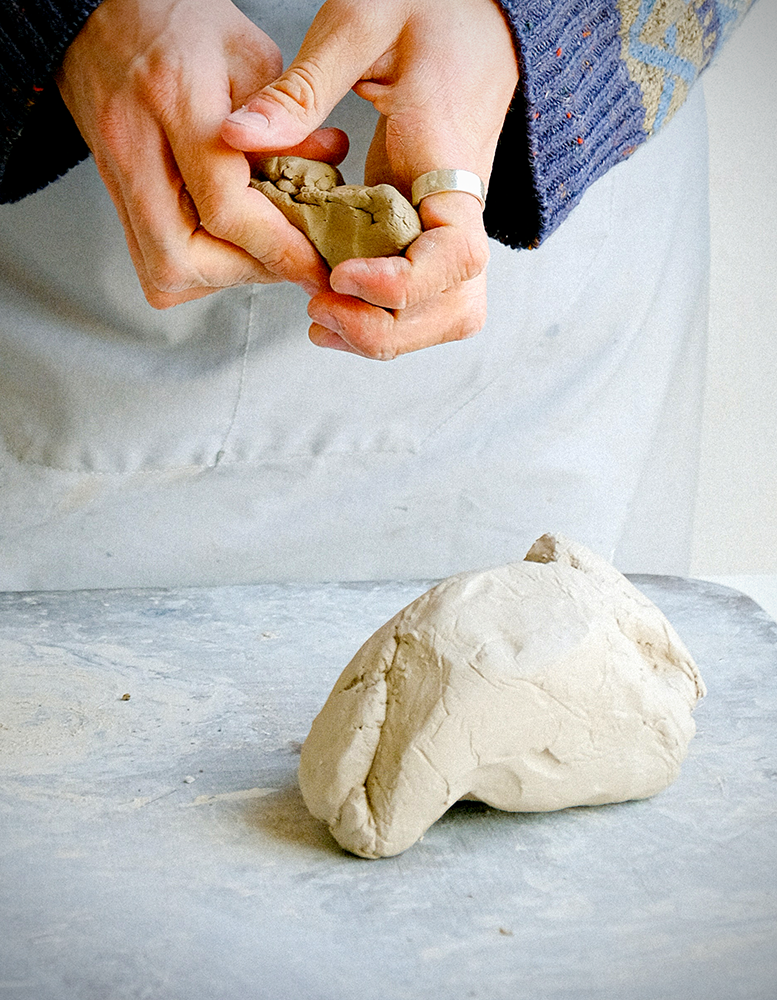
The Process of Making a Ceramic Object
If you are interested in trying your hand at ceramics, there are a few things you will need to get started.
First, you will need to select the type of clay you want to use.
Once you have selected your clay, it is time to start working with it.
Your clay needs to be conditioned, or wedged, by kneading the clay until it is soft, so that it is pliable enough to work with.
This process can be done by hand or with the help of a machine.
After your clay is conditioned, you can start to form it into the desired shape.
If you are using a potter’s wheel, you will need to center the clay on the wheel before starting to shape it.
If you are hand-building your piece, you can use a variety of techniques to achieve the desired shape.
Once the object has been shaped, it needs to be dried so that it does not crack or warp during the firing process.
Once the object has been dried and bisque fired, it can then be glazed and glaze fired in a kiln.
The glaze helps protect the piece from damage and gives it a shiny finish.

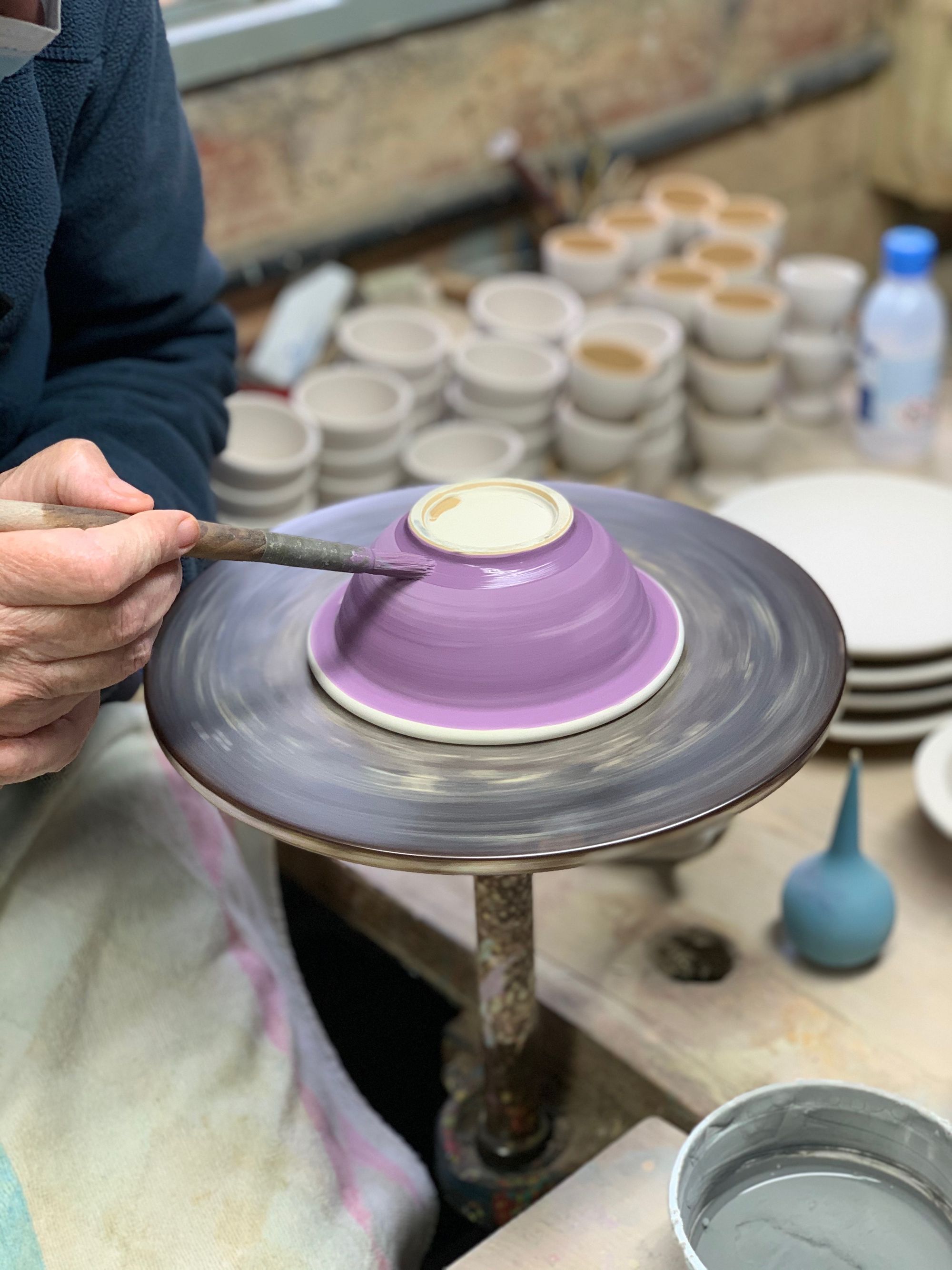
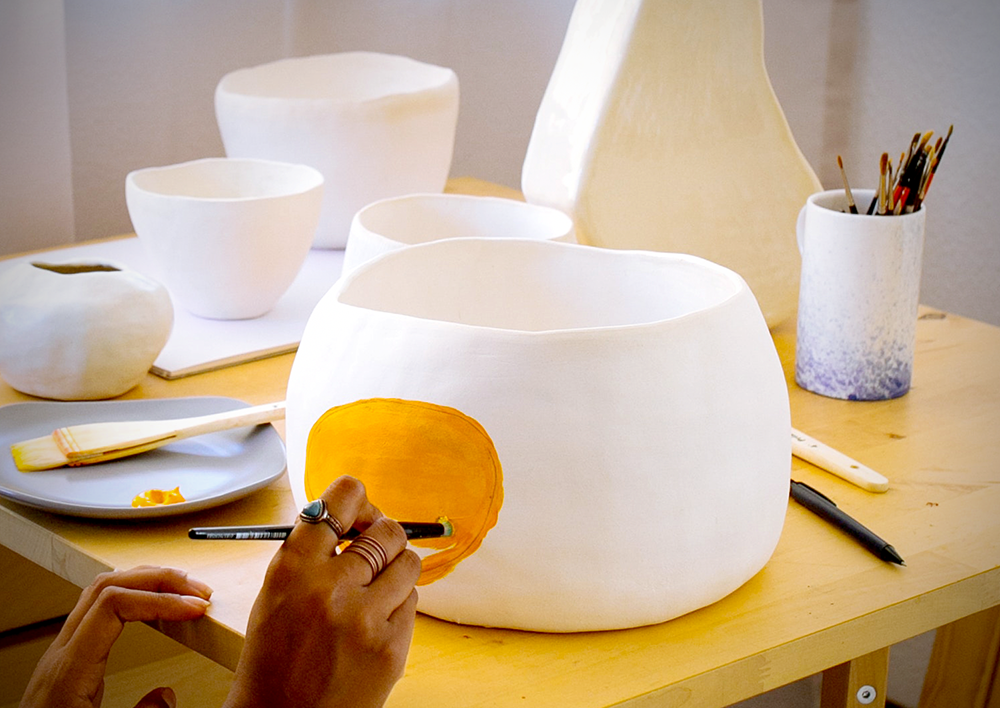
Creating Ceramics
Ceramics is a fascinating art form that anyone can enjoy with a wide range of techniques you can incorporate.
Whether you are a beginner or a seasoned pro, there is always something new to learn.
By following the steps outlined in this blog post, you will be on your way to creating beautiful and unique ceramic objects in no time!
If you want to learn even more, there are a variety of online resources that can help or even consider taking a ceramics class!
So, go grab some clay and get started on your next project today!
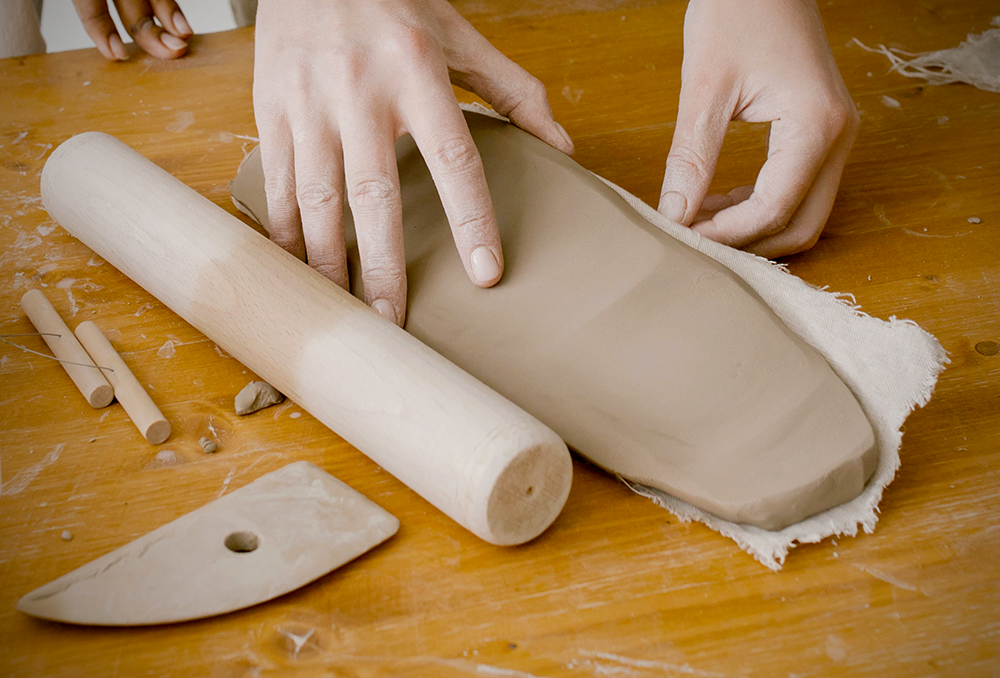

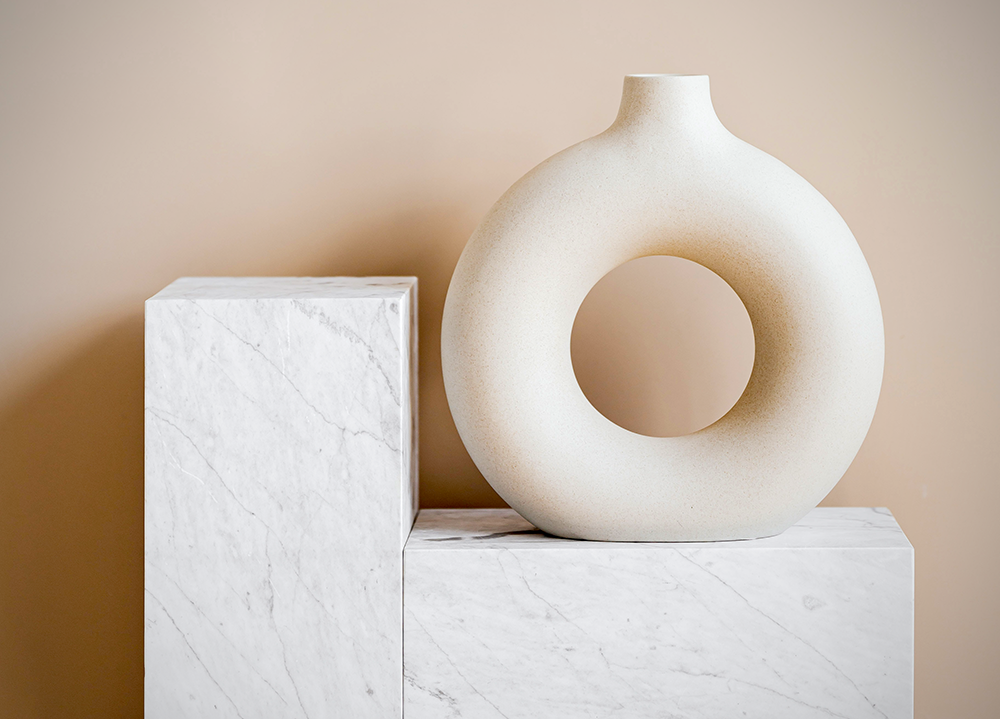
Eager to learn more? Check out Clay Corner Studio's video guide!
Love ceramics and working with clay?
Check out some of our other ceramic articles:
